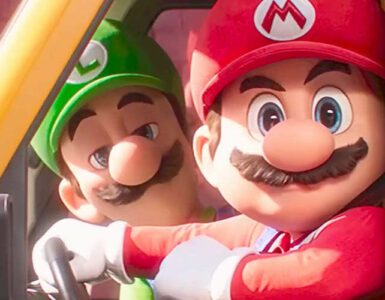If it feels like the Nintendo Switch has been around for quite some time, that’s because it has. The hybrid console now holds the honour of being the company’s longest-running console without a successor, breaking the previous record held by the Nintendo Entertainment System (NES), otherwise known as Famicom in Japan.
At the time of writing, Switch’s lifecycle hit 2,691 days since its worldwide release on 3 March 2017, surpassing the 2,686-day streak held by its ancestor. The figure is expected to go beyond 2,920 days, as company president Shuntaro Furukawa wrote on X/Twitter that an announcement about its successor will take place “within this fiscal year”, which puts it before March 2025. The launch, therefore, is likely to take place after.
It’s interesting to note that the interval between each hardware launch after the NES got increasingly shorter, until the transitional period from the Wii to Wii U. The latter enjoyed the fewest days without being replaced, clocking 1,566 days in a rare Nintendo sales flop. Released in 1983, the NES was the predecessor of 1990’s Super Nintendo Entertainment System (SNES), first announced in 1988.
Here’s a side-by-comparison of the gap between each Nintendo home console launch over the years:
- Wii U (18 November 2012) – Nintendo Switch (3 March 2017): 1,566 days
- Nintendo GameCube (14 September 2001) – Wii (19 November 2006): 1,892 days
- Nintendo 64 (23 June 1996) – Nintendo GameCube (14 September, 2001): 1,909 days
- SNES (21 November 1990) – Nintendo 64 (23 June 1996): 2,041 days
- Wii (19 November 2006) – Wii U (18 November 2012): 2,191 days
- Color TV-Game (1 June 1977) – NES (15 July 1983): 2,235 days
- NES (15 July 1983) – SNES (21 November 1990): 2,686 days
- Nintendo Switch (3 March 2017) – Present day (15 July 2024): 2,691 days and counting

Pitting the Nintendo Switch’s record against the gaming giant’s longest-running handheld devices, it beats all-time company bestseller the Nintendo DS, which enjoyed 2,288 days until the debut of the Nintendo 3DS. The reigning champion, though, is the original Game Boy with a whopping 4,352-day streak before the arrival of the Game Boy Advance in 2001 — the Game Boy Colour, released in 1998, was not considered to be a proper standalone successor due to insufficient improvements.
As it stands, there are no official details on what the next-gen Nintendo Switch entails. The word on the grapevine is that it will feature OLED tech, a step-up from the current LCD screen, backward compatibility, and an improved processor, but we can only wait and see.













